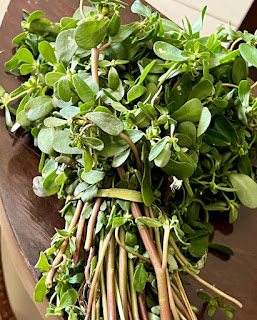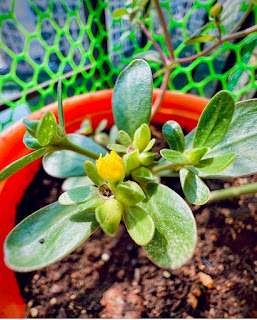Sapla / Water lilies / saluk is seen in abundance during the monsoon season. The stem of water lilies are very popularly eaten as vegetable in villages. Seeds on frying are eaten as puffed-grains called Makhana.
The cooking process is very simple. The fibers from the stems are peeled off and the stems are cut into pieces. The stems can be cooked into Fritters, stirred fry or cooked with fish or hilish head.
Today I have cooked Sapla with Boroli Maach.
This dish is eaten with steamed rice.
Boroli or Barred Boril (Barilius barila) fish is normally found in clear streams in the foothills, it is found in abundance in the mainstream of Torsa and Teesta. Like hilsa, flock of Boroli swim against the river current. They are mainly spotted in April-May before monsoon or October-November after monsoon. This fish is a delicacy for the North Bengal people. This fish is called as ‘Teesta’s hilsa for its heavenly taste. This small size fish can be cooked in many ways, with mustard paste, fried or can be cooked into curry.
I was extremely happy to source these indigenous ingredients … as I had never eaten the Sapla and Boroli fish earlier.
Here is how I have cooked Sapla Diye Boroli Maach
Ingredients
250 grams Boroli Maach
1 bunch of Water lilies / Sapla
1 medium size Potato cut into wedges
1 Onion sliced
2 to 3 Green Chillies slit
Salt to taste
1 tsp Turmeric powder
1 tsp Cumin powder
1/4 cup Mustard oil
Method
Clean and wash the fish. Marinate the fish with salt and 1/2 tsp Turmeric powder. Clean and cut the sapla into pieces. Take an iron wok, add mustard oil. Fry the fish, remove the fish and keep them aside. In the same wok, add potato, onion and green chillies, stir fry them for 2 to 3 minutes. Take a bowl, add salt, cumin powder and remaining turmeric powder, add 2 tbsp of water and make a paste. Pour the paste into the wok, stir for a minute. Pour 1/2 cup water. Stir and cover the wok. Let the potato cook until tender. Once the potato is cooked, add the sapla and fish. Stir gently and cover the wok. Let it cook for another 2 minutes. It’s ready to be savoured with steamed rice.
























